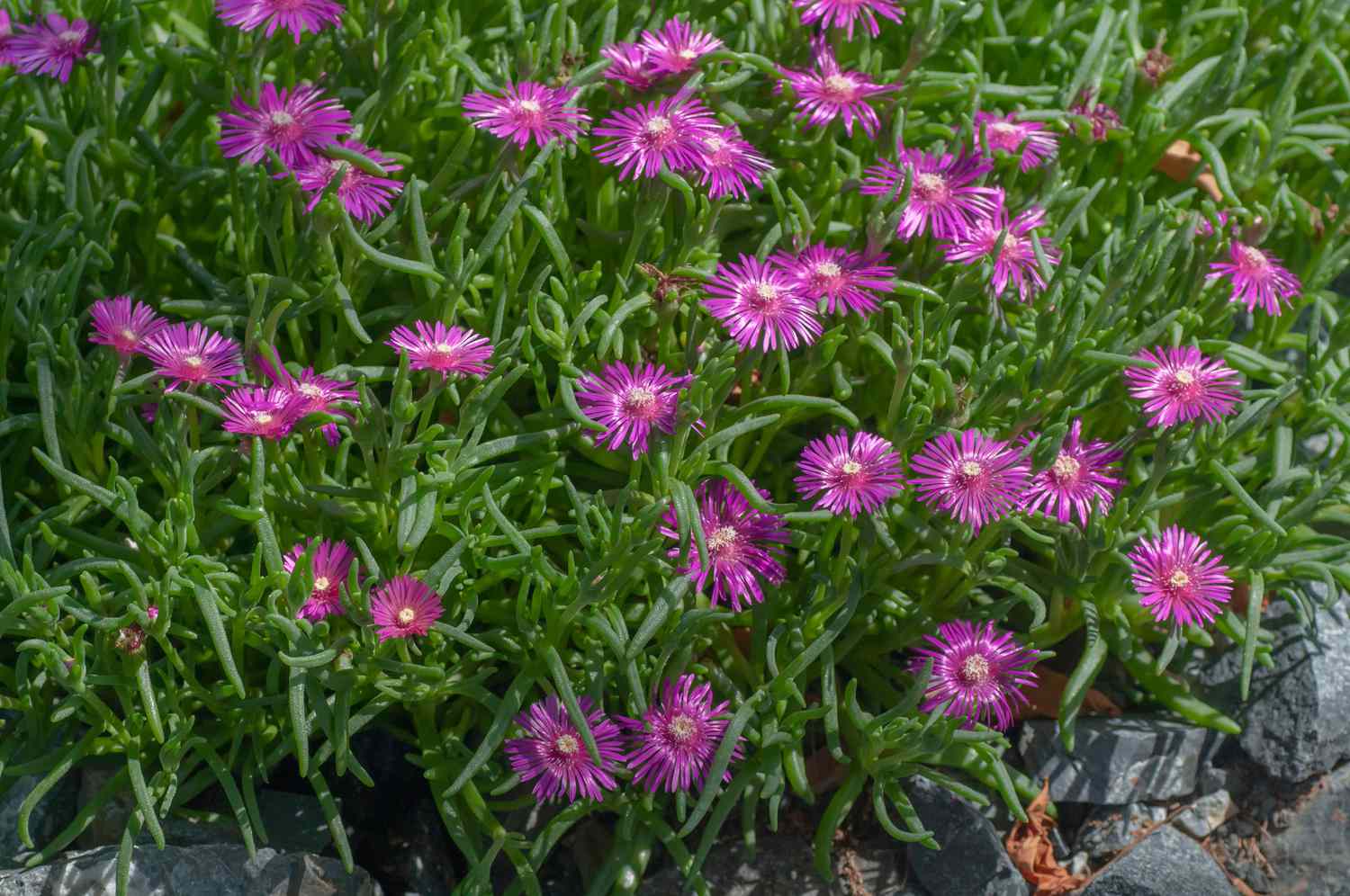
Perennial plants are nature's gift that keeps on giving. Unlike annuals, which need replanting every year, perennials return season after season, bringing life and color to gardens without much fuss. These plants are a gardener's best friend, offering a variety of shapes, sizes, and colors to suit any landscape. From the vibrant blooms of daylilies to the lush foliage of hostas, perennials provide endless possibilities for creativity in the garden. Why are perennial plants so popular? They are low-maintenance, often drought-resistant, and can thrive in various climates. Their ability to adapt and flourish year after year makes them a sustainable choice for eco-conscious gardeners. Whether you're a seasoned gardener or a newbie, perennials offer a reliable and rewarding gardening experience. Get ready to dig into the world of perennials and discover how they can transform your outdoor space into a blooming paradise!
What Are Perennial Plants?
Perennial plants are nature's gift that keeps on giving. Unlike annuals, which complete their life cycle in one season, perennials live for more than two years. They bloom, die back, and return year after year, often with minimal care. Let's dig into some fascinating facts about these enduring plants.
-
Long Lifespan: Perennials can live for decades, with some species like peonies thriving for over 100 years.
-
Seasonal Blooms: They typically bloom in spring or summer, then die back in fall and winter, only to re-emerge when conditions are right.
-
Root Systems: These plants develop extensive root systems that help them survive harsh weather and droughts.
-
Diverse Varieties: There are thousands of perennial species, ranging from flowering plants to grasses and shrubs.
-
Low Maintenance: Once established, perennials require less water and fertilizer compared to annuals.
How Do Perennials Benefit Gardens?
Perennials are not just pretty faces in the garden. They offer numerous benefits that make them a gardener's best friend. Here are some reasons why these plants are a valuable addition to any garden.
-
Soil Health: Their roots improve soil structure and prevent erosion.
-
Wildlife Habitat: They provide food and shelter for pollinators like bees and butterflies.
-
Cost-Effective: Though initially more expensive than annuals, their longevity makes them a cost-effective choice.
-
Weed Suppression: Dense foliage can help suppress weeds, reducing the need for chemical herbicides.
-
Seasonal Interest: With careful selection, you can have a garden that offers color and texture throughout the year.
Interesting Facts About Perennial Plant Adaptations
Perennials have evolved some amazing adaptations to survive and thrive in various environments. These adaptations make them resilient and versatile.
-
Cold Tolerance: Many perennials can survive freezing temperatures by going dormant.
-
Heat Resistance: Some species have waxy leaves or deep roots to withstand high temperatures.
-
Drought Survival: Succulent perennials store water in their leaves or stems to survive dry spells.
-
Shade Tolerance: Certain perennials thrive in low-light conditions, making them perfect for shaded garden areas.
-
Pest Resistance: Some have developed natural defenses against pests, reducing the need for pesticides.
Popular Perennial Plants to Consider
If you're thinking about adding perennials to your garden, here are some popular choices that are both beautiful and easy to care for.
-
Hostas: Known for their lush foliage, hostas are perfect for shady spots.
-
Daylilies: These hardy plants offer vibrant blooms and are easy to grow.
-
Lavender: With its fragrant flowers, lavender is a favorite for both gardens and pollinators.
-
Coneflowers: These drought-tolerant plants attract butterflies and add a splash of color.
-
Black-Eyed Susans: Known for their bright yellow petals, they are a staple in many gardens.
Fun Facts About Perennial Plant Growth
Perennials have some unique growth habits that set them apart from other plant types. These habits contribute to their resilience and beauty.
-
Clumping Growth: Many perennials grow in clumps, which can be divided to create new plants.
-
Self-Seeding: Some perennials drop seeds that germinate the following year, expanding their presence naturally.
-
Rhizomes and Tubers: Certain perennials spread underground through rhizomes or tubers, allowing them to cover large areas.
-
Evergreen Foliage: Some perennials keep their leaves year-round, providing constant greenery.
The Evergreen Charm of Perennials
Perennial plants are nature's gift that keeps on giving. These hardy plants return year after year, bringing beauty and life to gardens with minimal effort. From the vibrant blooms of daylilies to the fragrant lavender, perennials offer a wide range of colors, shapes, and scents. They’re not just pretty faces; many perennials are also beneficial for the environment, attracting pollinators like bees and butterflies. Plus, they can help with soil health and erosion control. Whether you're a seasoned gardener or just starting out, incorporating perennials into your garden is a smart move. They require less maintenance than annuals, saving you time and money in the long run. With so many varieties to choose from, there's a perennial for every garden style and climate. Embrace the enduring beauty of perennials and enjoy a garden that flourishes year after year.
Was this page helpful?
Our commitment to delivering trustworthy and engaging content is at the heart of what we do. Each fact on our site is contributed by real users like you, bringing a wealth of diverse insights and information. To ensure the highest standards of accuracy and reliability, our dedicated editors meticulously review each submission. This process guarantees that the facts we share are not only fascinating but also credible. Trust in our commitment to quality and authenticity as you explore and learn with us.


